All About Reluctant Speakers and Selective Mutism
What is a reluctant speaker?
While some children may be “shy,” the reluctant speaker may not speak in certain situations. Frequently, these children may need to spend quite a long time in a new environment before feeling comfortable enough to speak. This may happen for children whose first language is different than the language spoken in the classroom (for example, children whose first language is not English, or children in French Immersion.)
Some children who are reluctant speakers may eventually diagnosed with selective mutism. Many of the strategies used for children with selective mutism are also effective and appropriate to use with reluctant speakers.
What is selective mutism?
Selective mutism (formerly known as elective mutism) usually happens during childhood. A child with selective mutism does not speak in certain situations, like at school, but speaks at other times, like at home or with family members and friends. Selective mutism often starts before a child is 5 years old. It is usually first noticed when the child starts daycare or school.
A diagnosis of selective mutism may be made by a registered psychologist or medical practitioner.
What are some signs or symptoms of selective mutism?
- Consistent failure to speak in specific social situations (in which there is an expectation for speaking, such as at school) despite speaking in other situations
- Lack of speaking interferes with school or work, or with social communication
- Lasts at least 1 month (not limited to the first month of school)
- Failure to speak is not due to a lack of knowledge of, or comfort, with the spoken language required in the social situation
- Not due to a communication disorder (e.g., stuttering)
Although a single cause is not known, the following factors may contribute to selective mutism:
- a shy or anxious temperament
- a family history of shyness or anxiety
- speech or language difficulties
- adjustment to a new culture or language
- limited socializing with school peers away from school
Tips on How You can Help Your Child with Selective Mutism
Get help early:
- This is critical. The longer that the Selective Mutism lasts, the harder it is to treat, because the behaviours children use to avoid speaking become reinforced. This makes changing these behaviours more difficult.
Build on the bond between parents and children:
- Children with Selective Mutism feel the most secure when they are around their parents and less secure around others. It’s important to strengthen and build on this attachment. This will help children become more confident. Spend time with your child. Try to set aside some special time each day where each of your children gets a turn to have you all to himself. This is not always easy, especially if you are a single parent or have more than one child. But even 15 minutes of special time for each child every weekday can make a difference. Make this special time longer on weekends or whenever possible.
- Choose activities that promote conversation. Board games, throwing a ball around, baking, crafts or Lego will give you lots of chances for your child to talk about feelings and emotions. Video games are not the best choice for this time, as they don’t give the same chances for eye contact and talking.
- Create a safe space for expressing feelings. Name feelings and let your child see how you handle feelings in a positive way. Let your child know that whatever she is feeling is OK. You don’t have to share all of your child’s feelings, but acknowledge them (“I can see how that might have made you feel angry”). Don’t tell your child that what they are feeling is wrong. Give your child a chance to vent while you listen and support.
- Create a ‘goodbye ritual’. When you say ‘goodbye’, remember to mention of when you’ll see each other again. You could remind your child of something you’re looking forward to doing with them (Pancakes for breakfast? Taco night? Working on that puzzle later?). This will be very reassuring for your child. You can add a hug or a kiss, or maybe even a secret family handshake.
What Does Not Help:
- Forcing your child to speak, this will only make the anxiety worse.
- Ignoring the problem. Parents may hear that their child is just shy and will outgrow the Selective Mutism.
- Blaming your child for being manipulative. Remember, anxiety is at the root of this-your child is not trying to control things by not speaking. Your anger and frustration will only make things worse. All children do well if they can. When they can’t, it’s because they don’t have the skills they need.
But there are serious consequences for a child who can’t communicate or speak to others:
- It can be hard to make friends. Not having friends or being isolated can put children at risk for teasing or bullying.
- It can impact a child’s learning. Your child won’t be able to ask questions or ask for help.
- Teachers can find it hard to assess your child’s learning needs. Your child will not be able to take part in group work or learn important presentation skills.
- Over time, problems at school can affect your child’s self esteem, make anxiety or depression worse or make your child feel isolated.
- Children in these situations sometimes refuse to go to school.
Fortunately, there are effective treatments for Selective Mutism.
To see this original document, click on this link: http://www.cheo.on.ca/uploads/Selective%20Mutism/Selective%20Mutism%20ENG.pdf
Resources

